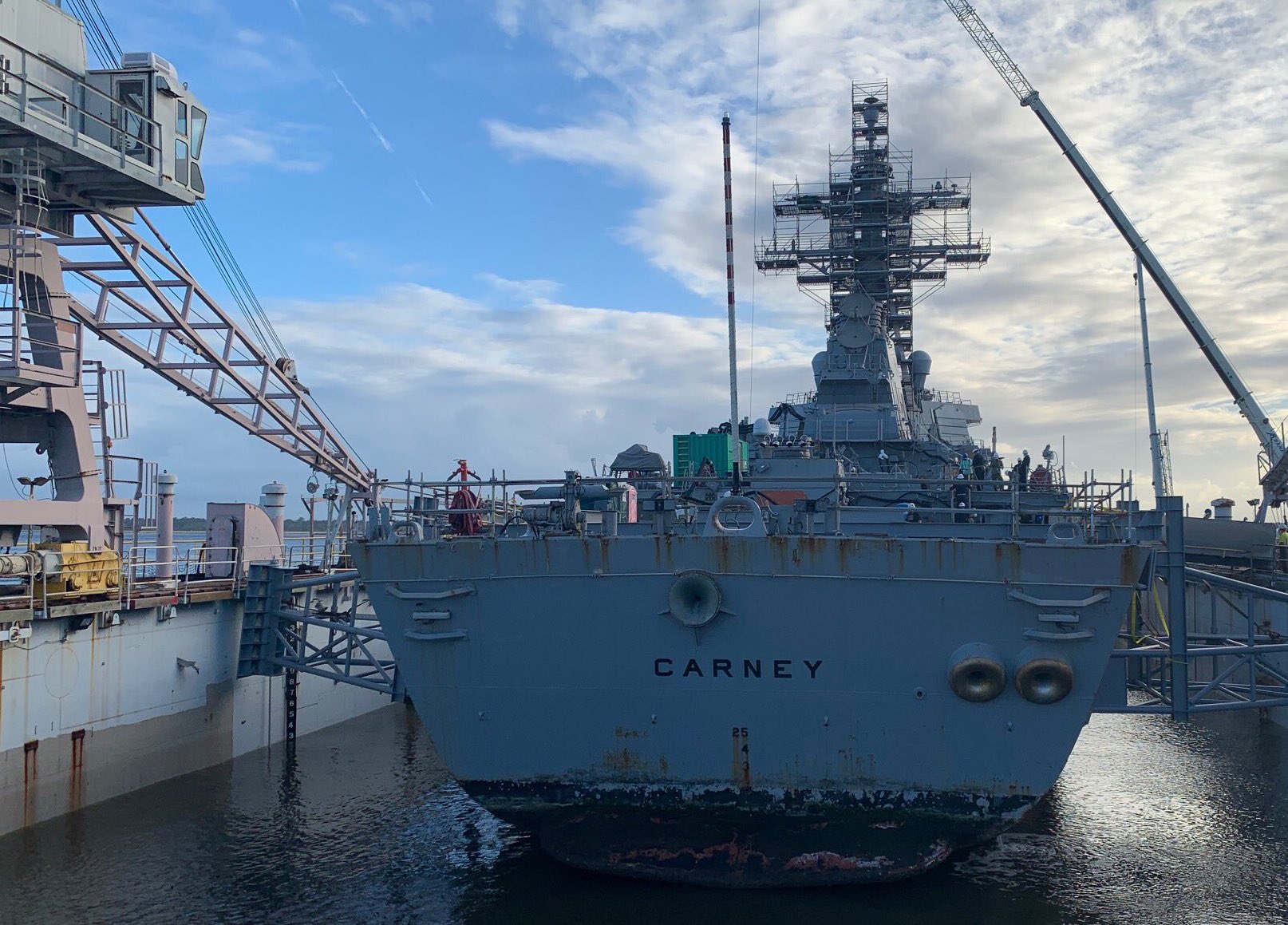The U.S. Navy’s Naval Sea Systems Command (NAVSEA) has awarded funding to seven nautical R&D programs that, if successful, could yield cost savings of over $250 million.
In three of the new projects, which are set to begin 2021, NAVSEA will use 3D printing to improve the efficiency of its naval shipbuilding and repair processes. At a cost of just $8.2 million, the part optimization initiatives could eventually allow the Navy to significantly cut its outlay on the upkeep of aircraft carriers and auxiliary ships.
“This Military Sealift Command (MSC) project will reduce costs and improve operational availability across MSC’s fleet,” said Erik Oller, Manager of NAVSEA’s Naval Shipbuilding Research Program (NSRP). “We are proud to be part of a project that will have such a broad impact on our nation’s ability to support the warfighters.”

NAVSEA’s fleet of new R&D contracts
NAVSEA’s new research projects, which are set to last from 12 to 24 months, were chosen based on guidance from a cross-industry group called the NSRP. Although the programs will cost $8.2 million to set up, this will be matched by investment from the industry, with some areas set to receive another $1.2 million in funding.
The initiatives vary in scope, and range from design optimization to prototyping a tele-welding device, and accelerating the 3D printing of metal castings. In terms of scale, the MSC’s program is one of the largest, as it aims to develop a process whereby 3D printed objects can be approved and shipped at a more rapid pace.
Delivering spare parts quickly is considered vital for maintaining the MSC’s 125 ships, as the more time the vessels spend in port, the less helpful they are to warfighters. At the other six participating shipyards, the R&D programs will attempt to reduce the cost of designing and building surface combatants and amphibious ships.
In the ‘Scale Up’ initiative for instance, the NSRP will work with Meld Manufacturing to reduce the lead times and efficiency of large 3D printed steel castings. The NSRP is also set to scan and 3D model an entire aircraft carrier, with the aim of lowering the cost of building and maintaining each vessel by $19.5 million.
According to Oller, the Navy will only achieve the maximum possible gains from the projects if they have the participation of each craft, and every shipyard’s personnel. “Stakeholder participation can make all the difference between a project that lowers Navy costs, and a project that only produces a report on a shelf,” he said.

The Navy’s additive efficiency ambition
The U.S. Navy has implemented 3D printing within a number of its production processes as a means of repairing and optimizing its fleet. In one of the Navy’s first uses of 3D printing, it fabricated a model of one of its hospital ships, and the NSRP now plans to use the latest scanners to create an updated version.
Having since adopted additive for everything from repairing broadband systems to producing piping assemblies, the Navy has shown no sign of stopping in its quest for efficiency. The U.S. Navy requested $23 million in funding for 3D printing purposes in 2020, while the Naval Surface Warfare Center has acquired a new EOS system.
The Navy’s NAVSEA segment in particular, has set a course for 3D printed parts in the last few years. NAVSEA delivered a life-saving part to a NAVAIR T-45 Goshawk training plane in 2017, and more recently, it approved an additive manufactured prototype drain strainer orifice (DSO) assembly, for shipboard installation.
With the roll-out of its new R&D projects next year, NAVSEA has stepped up its adoption of 3D printing, and begun an efficiency drive that could save the U.S. Navy more than a quarter of a billion dollars.
Applying 3D printing in defense
The U.S. Army has often experimented with 3D printing via its Army Research Lab (ARL) in recent years, with the overall aim of improving warfighter readiness.
Working with the ARL, a team from the CCDC Soldier Center has developed multi-purpose 3D printed biosensors. The additive devices could either be used for biologically monitoring warfighters, or protecting them from any potential environmental threats in the field.
Similarly, researchers from the ARL have created a miniature 3D printed holographic instrument. The additive device is capable of characterizing airborne particles, which potentially enables it to protect soldiers from gaseous attacks.
On a more clinical note, scientists from the U.S. Army’s Aeromedical Research Laboratory have designed and tested 3D printed earplugs for members of the Armed Forces. The team hope that their devices can prevent hearing loss among U.S. soldiers, as it affects their combat readiness and social interactions.
To stay up to date with the latest 3D printing news, don’t forget to subscribe to the 3D Printing Industry newsletter or follow us on Twitter or liking our page on Facebook.
Are you looking for a job in the additive manufacturing industry? Visit 3D Printing Jobs for a selection of roles in the industry
Featured image shows Jessica Roberts, one of the project leads working at Norfolk Naval Shipyard. Photo via Danny DeAngelis, NNSY.


